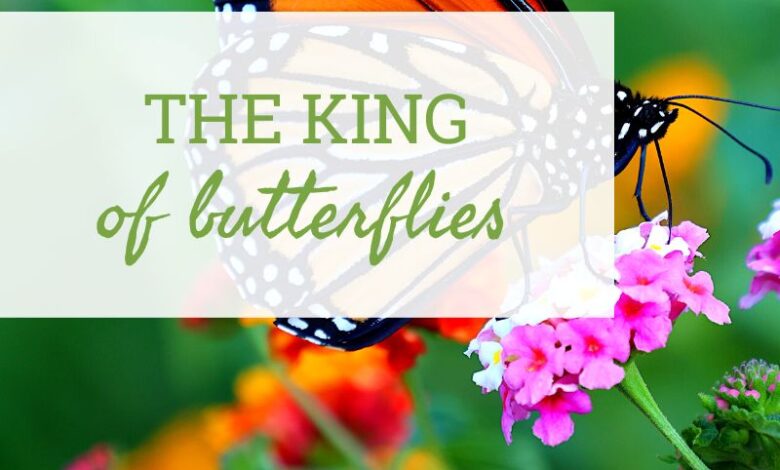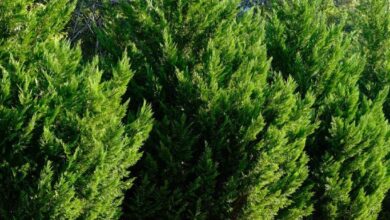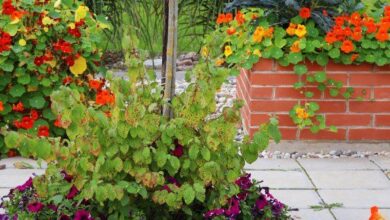Monarch – King Of The Butterflies

[ad_1]
I love seeing any kind of pollinator in my garden. All are welcome, but none are as showy or as exciting to spot as butterflies. My favorite, which I used to see in great numbers as a kid, is the monarch. Unfortunately, this gorgeous insect is in decline all over, including in my region and state. Planting native species is one of the easiest things we as gardeners can do to support these and other pollinators.
Monarchs in My Garden
As far back as I can remember in my life, it has always been a treat to see a monarch, even when they were more common. Maybe it’s the striking, black and orange, tiger-like coloring. Many butterflies fold up their wings and hide the vibrant colors, showing the dull brown-gray of their undersides, but monarchs are bright and colorful from any angle.
Another reason I love these insects, and why so many people do, is the spectacular journey they make. Monarchs migrate more than 1,000 miles (1,609 km.) between Mexico and the rest of North America. From Michigan, they fly 2,500 miles (4,023 km.) to Mexico.
Of course, there is the fact that, like many others, monarch butterflies are important pollinators. This is a reason to love them even if they didn’t have everything else going for them.
As monarch populations have dropped and become a less common sight, spotting one is more exciting than ever. I sometimes see one in my garden, but more often I find them in nearby parks. One local park is large and has a lot of natural areas with native plants. This is where I see the most butterflies of all types and the majority of monarchs.
Monarchs in Michigan
Monarch populations have dropped all over their native range, and Michigan, where I live, is no exception. In some places, monarch numbers are down a troubling 80%. A recent study from Michigan State University collected information for several years and found the primary cause for this drop: climate change.
There have been many contributing factors. The biggest decline in the population actually came in the late 1990s and early 2000s when herbicides with glyphosate were used heavily on farms. Genetically engineered crops that could resist glyphosate allowed farmers to spray the herbicide liberally over their fields with detrimental effects on milkweed plants.
Milkweed might be a weed on a farm, but for a monarch it is essential. This is the only plant that monarch butterflies use as food and hosts for their caterpillars.
While the glyphosate boom was a major contributor, researchers now say that climate change is having a bigger impact on monarch populations in Michigan. Changes in the climate in the butterflies’ northern spring and summer breeding areas have caused numbers to drop more than any other factor.
Supporting Monarchs and Other Pollinators
Monarchs will always be my favorite butterfly and I will continue to enjoy seeing them. I hope that it becomes less rare in the future. Stopping or reversing climate change might be a Herculean or impossible task right now, but individual, local choices can support monarch butterflies and other pollinators.
One of the most important things any gardener can do is plant native species. For monarchs, it is especially important to plant milkweed or at least allow it to grow naturally. Unfortunately, my garden isn’t the right setting for milkweed, but I do plant other native species that support other butterflies: black-eyed Susan, purple coneflower, and coreopsis to name a few.
The best way to plant flowers for butterflies is in groups. If they are too scattered throughout a garden, it’s more difficult for pollinators to find them. I have one large bed that is made up solely of native flowers attractive to pollinators.
Another thing I do to support monarchs and other butterflies is refrain from using herbicides and pesticides. I pull weeds by hand and welcome insects as long as they aren’t causing too much trouble.
I hope that one day my garden and others in the area will become thriving native plant destinations for all kinds of pollinators. Then, I might begin to see my favorite butterfly more often.
[ad_2]
Source link






